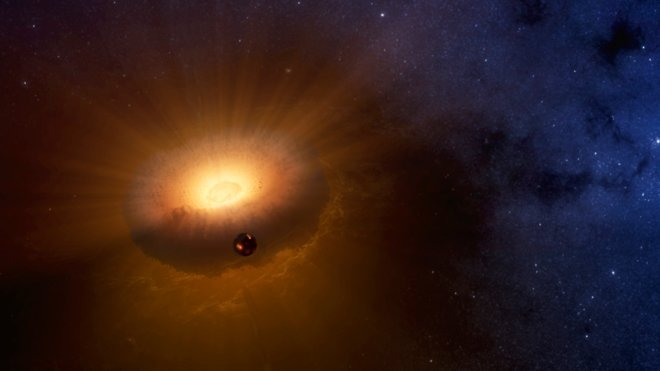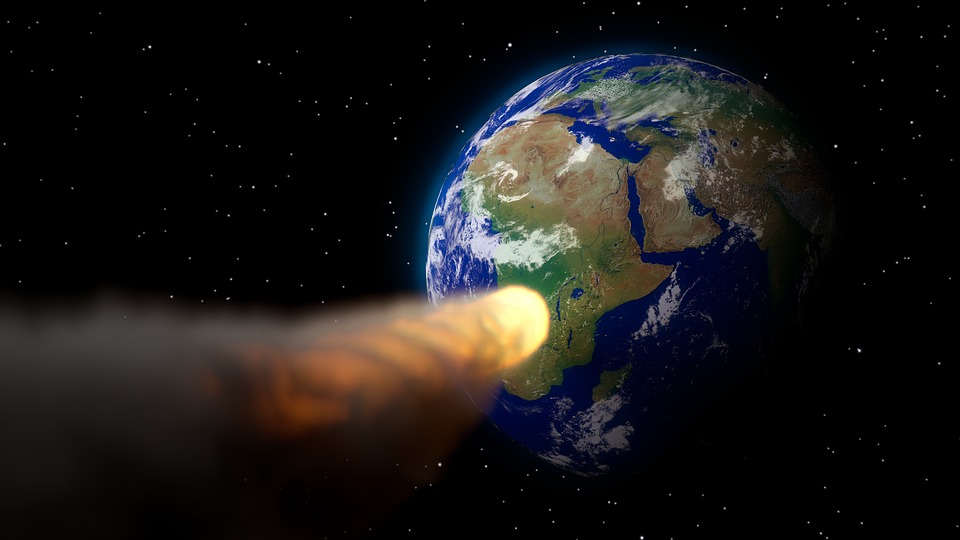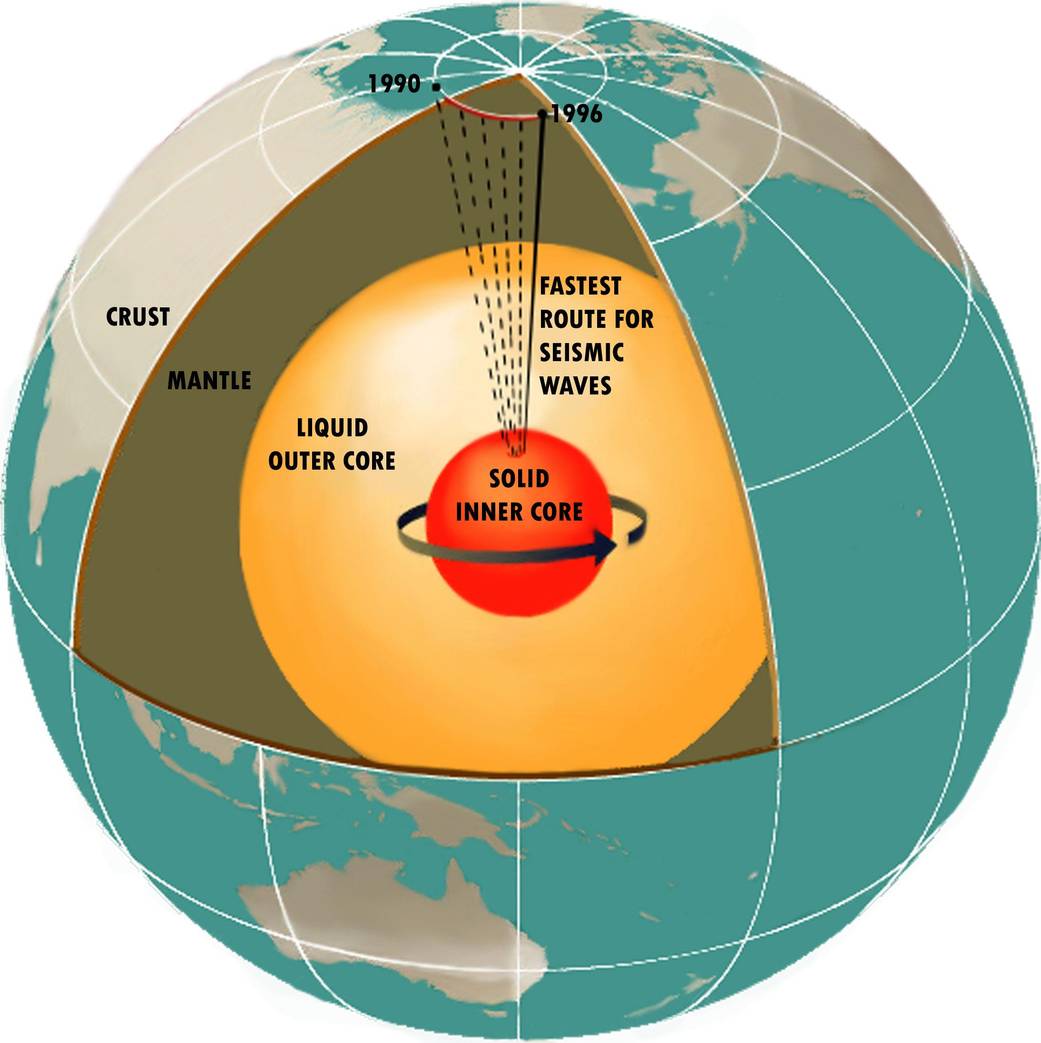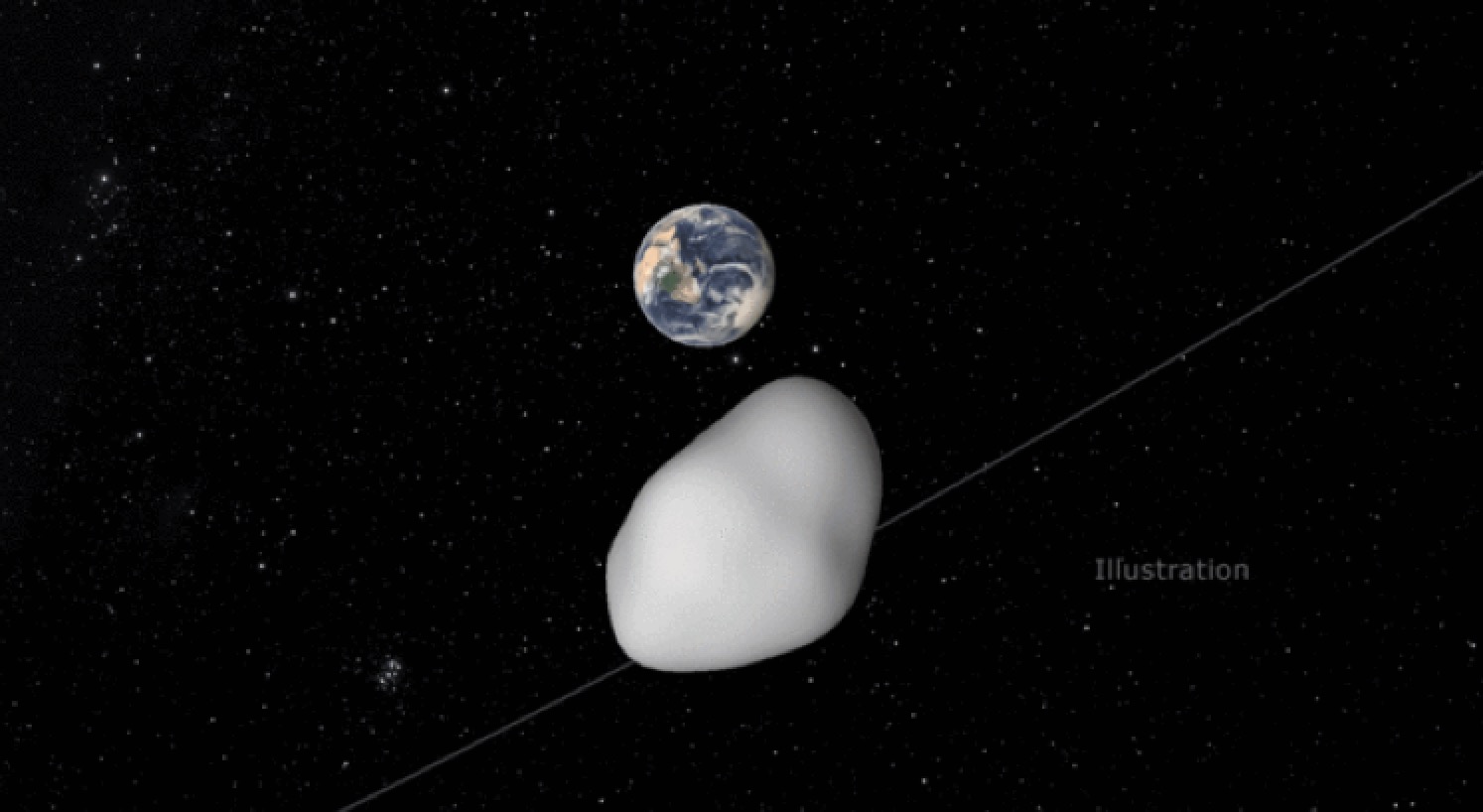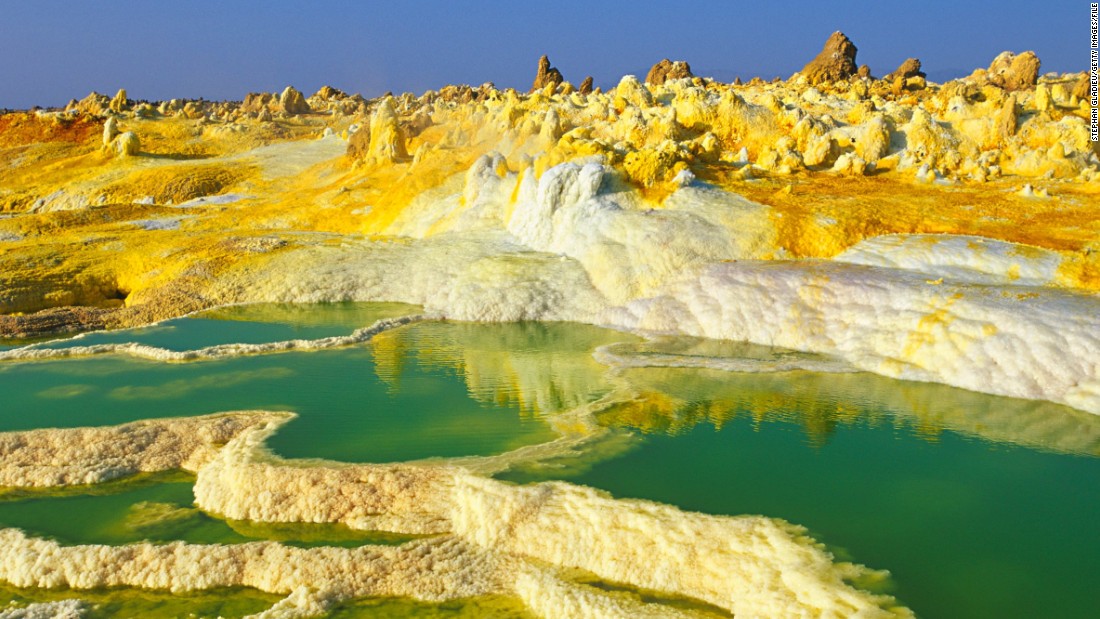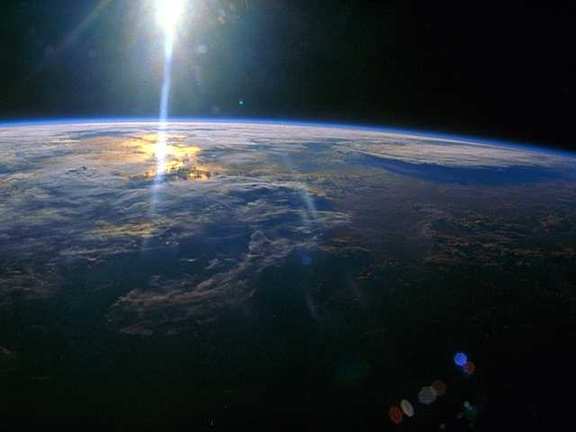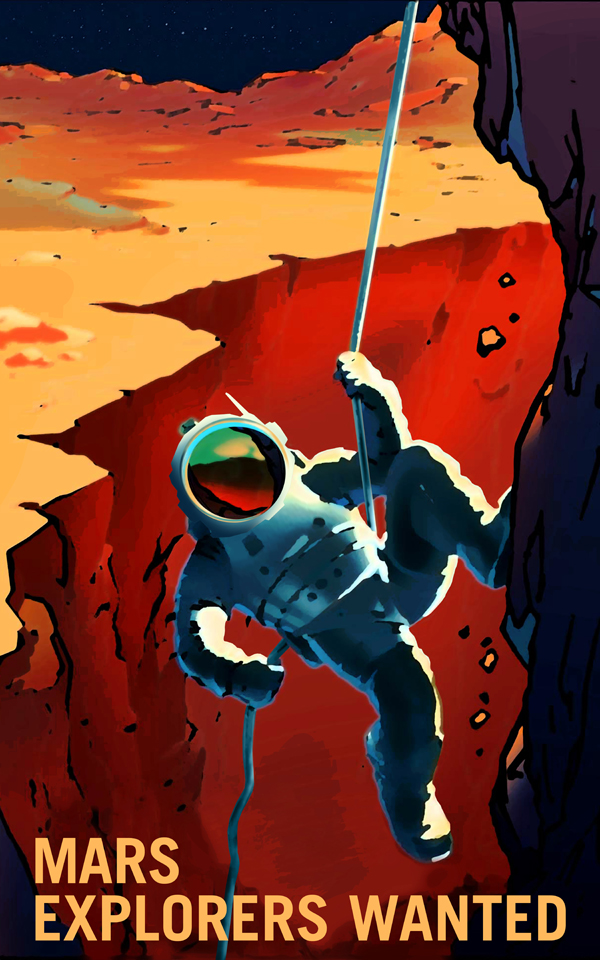SPACE: Wanna See the Earth From Orbit, But Don’t Have $20 Million?
Looking down at the vast curve of planet Earth hundreds of miles below, I can see its white cloud cover stretching over expanses of blue ocean. This may be the closest I’ll ever get to outer space, but I haven’t left Midtown Manhattan. I’m peering at our distant world using a special “space” helmet that re-creates the dizzying sensation of hovering far above the planet. Displayed across my visor — and on those of my fellow “astronauts” in the seats of a small theater — were excerpts from “One Strange Rock,” a new documentary series from the National Geographic Channel … Read more




